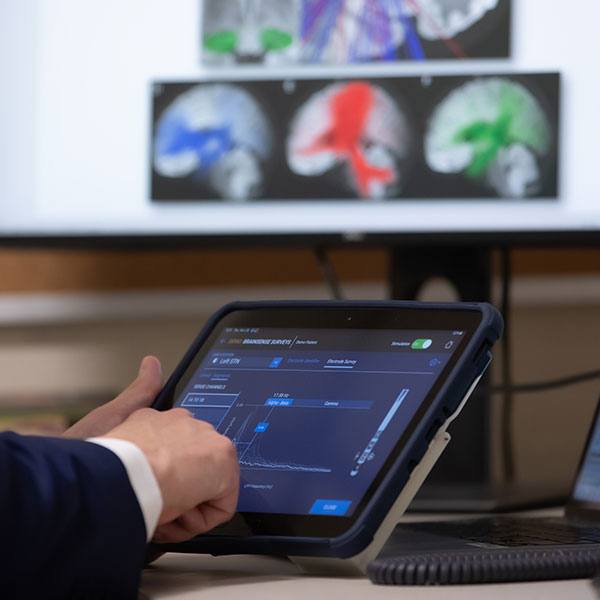-
Mayo Clinic: Add Bone Deterioration to Diabetes Complications
ROCHESTER, Minn. — The list of complications from type 2 diabetes is long: vascular and heart disease, eye problems, nerve damage, kidney disease, hearing problems and Alzheimer's disease. Physicians have long thought of osteoporosis as another outcome. Based on a Mayo Clinic study published in the Journal of Bone and Mineral Research, that's confirmed: You can definitely add skeletal problems to that list.
MULTIMEDIA ALERT: : Video of Dr. Khosla is available for download on the Mayo Clinic News Network.
"This is the first demonstration — using direct measurement of bone strength in the body — of compromised bone material in patients with type 2 diabetes," says Sundeep Khosla, M.D. , Mayo Clinic endocrinologist and senior author of the study. "Clearly, the skeleton needs to be recognized as another important target of diabetes complications."
Previous studies in the field showed that patients with diabetes experienced fractures at levels of bone density above that of the regular population, hinting that something was different about the "quality" of their bone. The Mayo researchers validated that assumption in a clinical study of 60 postmenopausal women, 30 of whom had type 2 diabetes. Using a new tool (OsteoProbe®), the researchers performed micro indentation testing of the tibia (actually causing a microscopic crack) to measure bone material strength. Compared to the control group of women, aged 50 to 80, the group with type 2 diabetes had significantly lower bone material strength. There was no difference between the microarchitecture of the bone or bone density between the two groups. The study showed that diabetic women with lower bone material strength had also experienced higher levels of hyperglycemia over the previous 10 years, suggesting potential detrimental effects of poor glucose control on bone quality.
The resounding message: Conventional measurements underestimated the risk of fracture among patients with type 2 diabetes and loss of bone material strength, or bone quality, is a clear, downstream consequence of the disease. The new technology may help in studying other conditions where fractures occur at higher than expected bone density, says co-author and rheumatologist Shreyasee Amin, M.D. She says this will be especially relevant to many forms of autoimmune arthritis where glucocorticoids are used, such as in rheumatoid arthritis. The team says more research needs to be done, as this was a small study in a limited population. The studies were supported by the National Institutes of Health, including funding from Mayo's Clinical and Translational Science Award.
Other collaborators on the study include first author Joshua Farr, Ph.D.; Matthew Drake, M.D., Ph.D.; L. Joseph Melton III, M.D. and Louise McCready, all of Mayo Clinic. The authors have no financial interest in the OsteoProbe® technology.
###
About Mayo Clinic
Mayo Clinic is a nonprofit worldwide leader in medical care, research and education for people from all walks of life. For more information, visit MayoClinic.com or MayoClinic.org/news.
Journalists can become a member of the Mayo Clinic News Network for the latest health, science and research news and access to video, audio, text and graphic elements that can be downloaded or embedded.
Media Contact: Robert Nellis, 507-284-5005 (days), newsbureau@mayo.edu
Related Articles







